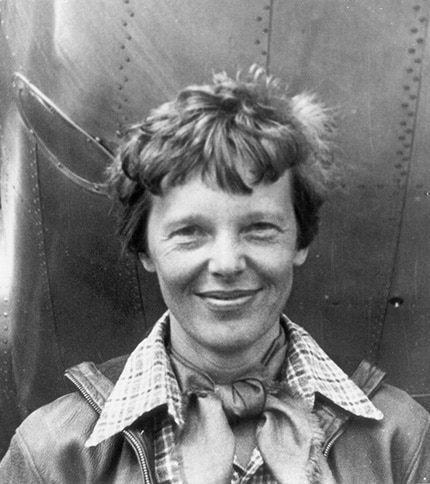The excitement surrounding the potential discovery of Amelia Earhart’s plane in the Pacific Ocean has been tempered by new findings. Deep Sea Vision, the team that initially reported detecting a sonar image resembling Earhart’s Lockheed 10-E Electra, conducted further investigations at the site near Howland Island. Upon closer examination, the object was determined to be a naturally occurring rock formation, not the aircraft as previously speculated.
The development is a setback for the team, which had scanned over 5,200 square miles of ocean floor and received significant funding from pilot and former U.S. Air Force intelligence officer Tony Romeo. The discovery had generated worldwide interest, given the enduring mystery of Earhart’s 1937 disappearance. While the sonar images sparked hope, experts had cautioned early on that definitive proof would require more detailed analysis.
Despite the disappointment, Deep Sea Vision remains committed to solving the mystery. The team has announced plans to continue searching in the vicinity of Howland Island, drawing on their advanced sonar technology and a renewed determination to uncover new clues about Earhart’s final flight. The quest to solve one of aviation’s greatest enigmas continues.
Related articles



